Anyone who has spent a lot of time here knows the mountains of Japan are an adventure playground of almost unlimited scope. When I arrived here a decade ago, there was plenty of information in English about hiking but precious little about more technical climbing.
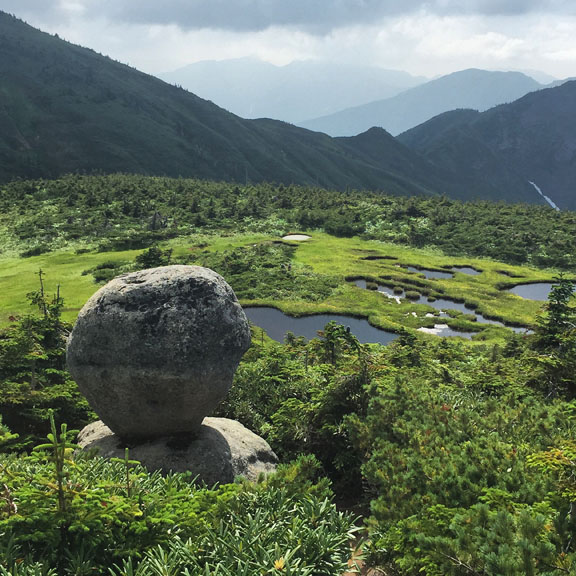
I was someone who wanted to get out as much as possible, with a predominant interest in alpine, rock and winter climbing, so this was a real challenge for me. On many occasions, discovering critical info about routes, grades and access was almost as hard as the climbs themselves.
In 2007, I started a blog to address this situation. I called it Climb Japan and, over the years, as I climbed more and more here, the site has grown. It takes time and effort, both to climb the routes and to document them, but my hope is to unlock some of these experiences for others who don’t yet have the Japanese language skills to process Japanese guidebook descriptions.
In 2016, I finally published the first book in the Climb Japan series, “10 Classic Alpine Climbs of Japan.” It covers a range of routes for all seasons, most on mountains at or around 3,000 meters, as well as some of the Tanigawadake routes that are great in summer.
I sincerely hope it forms a springboard for many to find adventures on the great ridges and walls of the Japanese mountains, starting with some summer alpine fun.
If you live in the city and the thought of three months of sweating in the shade gets you down, don’t worry; there are plenty of places to find high ground and beat the heat. Here are a few of my favorite ways to escape and refresh in the great outdoors.
RUN FOR THE HILLS
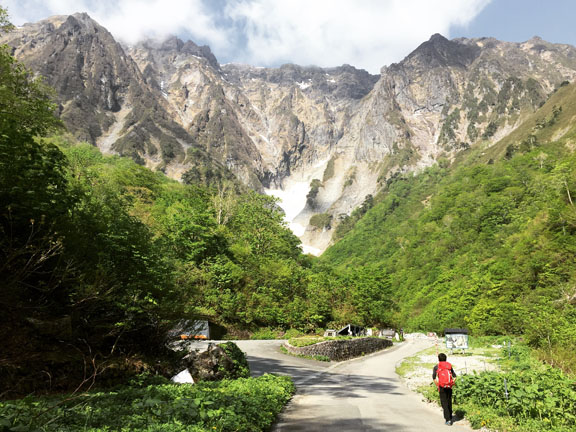
The sweet spot for trail runs is at or above 2,000 meters. If you are looking for a quick one-day trip from Tokyo, it is hard to beat the mountains of Niigata in summer. Travel just three hours up the Kanetsu Expressway, with a Starbucks Coffee strategically placed at Kamisato Rest Area for a pre-run caffeine boost, and you’re in business.
Niigata has it all. From the boardwalks of the marshy plateau atop Naeba-san (苗場山) to the elevated dramatic peak of Echigo-Komagatake (越後駒ヶ岳) and on to the calm beauty of the Oze Marshlands viewed from the summit of Hiuchigatake (燧ヶ岳).
One of my personal favorites is the long piston run up and down Hiragatake (平ヶ岳). Soak in the surreal “land that time forgot” ambiance of Egg Rock (たまご岩) on the pond-covered plateau below the summit. It makes for a challenging day, as it is a 21-K round-trip run with an elevation gain of 1,270 meters, and this is after a four- hour drive each way, making it right on the cusp of what’s doable as a day-trip from Tokyo.
Yet, if I had to choose just one trip, it would be the Nukubi-sawa (ヌクビ沢) on Mt. Makihata (巻機山). Catch it early just after the rainy season, and you will be on snow almost the whole way up this beautiful sawa climb.
It’s not a pushover though, and you may find a 30-meter rope helpful to protect some of the transitions from snow to rock. The snow-cooled air owing down this valley is the ultimate antidote for the Tokyo furnace.
TAKE A COLD SHOWER
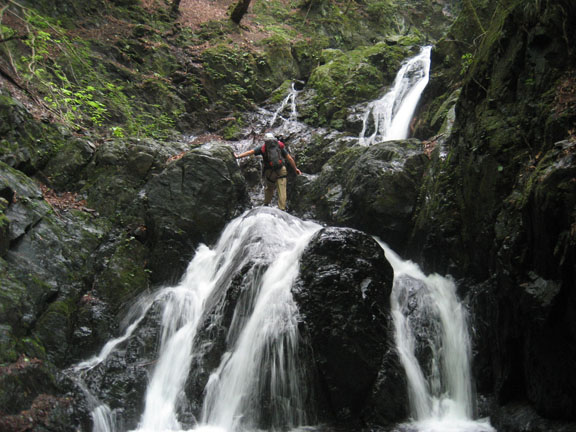
Like many of the nest crazy ideas, sawanobori (shower climbing) has a uniquely Japanese flavor. For those yet to discover the joys of this esoteric branch of mountaineering, the rules are simple. You start low down in the valley and ascend a river to its source by rock-hopping, swimming across pools and gorges and climbing any waterfalls you meet along the way. Now, what could possibly go wrong?
One of the best introductory sawa climbs is Mizune-sawa (水根沢). Take a bus from Okutama Station toward Okutama Lake and hop off at the roundabout below the dam. The drop-in point is several hundred meters up the road on your right.
This delightful outing will see you climbing short rock steps against the full flow of the river, scrambling up a steep-sided gorge, and finally stemming your way up an incredible natural feature known as the half-pipe waterfall. This much fun should be illegal.
Those more seasoned in the dark arts of sawanobori should consider ascending Niigata’s Nishisenno-sawa (西センノ沢) on Tairappyou-san (平標山).
Wide open granite slabs funnel you up, at ever-steepening gradients, toward the summit ridge and an open bivouac near the summit of Sennokura-yama (仙ノ倉山).
Continue on the following day along the spectacular ridgeline to Tanigawadake and finish this trip with a hyakumeizan summit. I highly recommend this classic outing.
GET YOUR LEAD ON
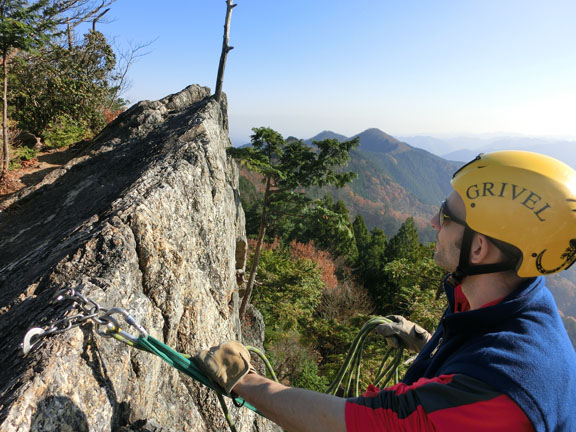
For climbers, what bliss it is to ditch the crampons, ice tools and burdensome winter clothing and head up into the vertical plane unencumbered in summer. Above the tree line, moving free and easy up the rock, surrounded by blue skies and the green explosion of early summer. It is pure joy.
One often-overlooked location is Tsuzura-iwa (つづら岩), high on the Mazukari ridge near Okutama. There are routes for all difficulty levels, with stainless steel bolted rappel anchors at the top. On a clear day, the views to Mt. Fuji are magnificent.
For something longer, with plenty of air and exposure, try the six-pitch Central arête of Futago-yama (二子山中央稜) in the Chichibu Mountains. With comfortable belay ledges and plenty of protection in place, this route is a stress-free intro to the joys of multi-pitch climbing on limestone. The 5.9 crux is a real stunner.
If you prefer something with more drama and an alpine feel, then bathe in the history of Japanese mountaineering in the Ichinokura-sawa Valley (一ノ倉沢) of Tanigawadake (谷川岳).
The climbing on the Eboshi-sawa Oku-heki is not for everyone, and experience and judgement are needed, but classic routes such as Nan-ryō, Chuo-ryō, Henkei Chimney and Ojou-heki speak for themselves. Be really careful up there though; there is a lot of loose rock around.
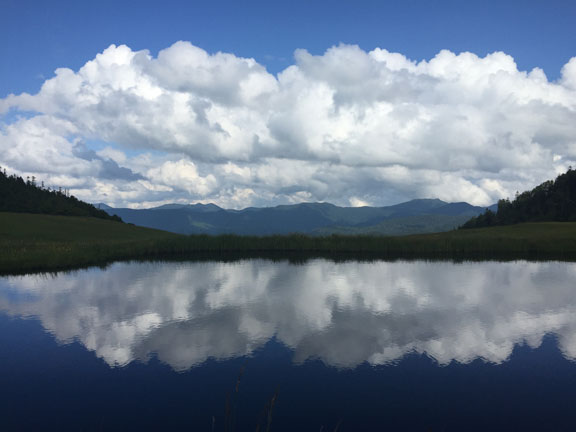
Tony Grant’s first book in his Climb Japan series, “10 Classic Alpine Climbs of Japan,” is the rst, and only, English-language guide of its kind. It is now available in both print and e-book formats through Amazon.
Check out more of Tony’s climbing and trail running adventures.




